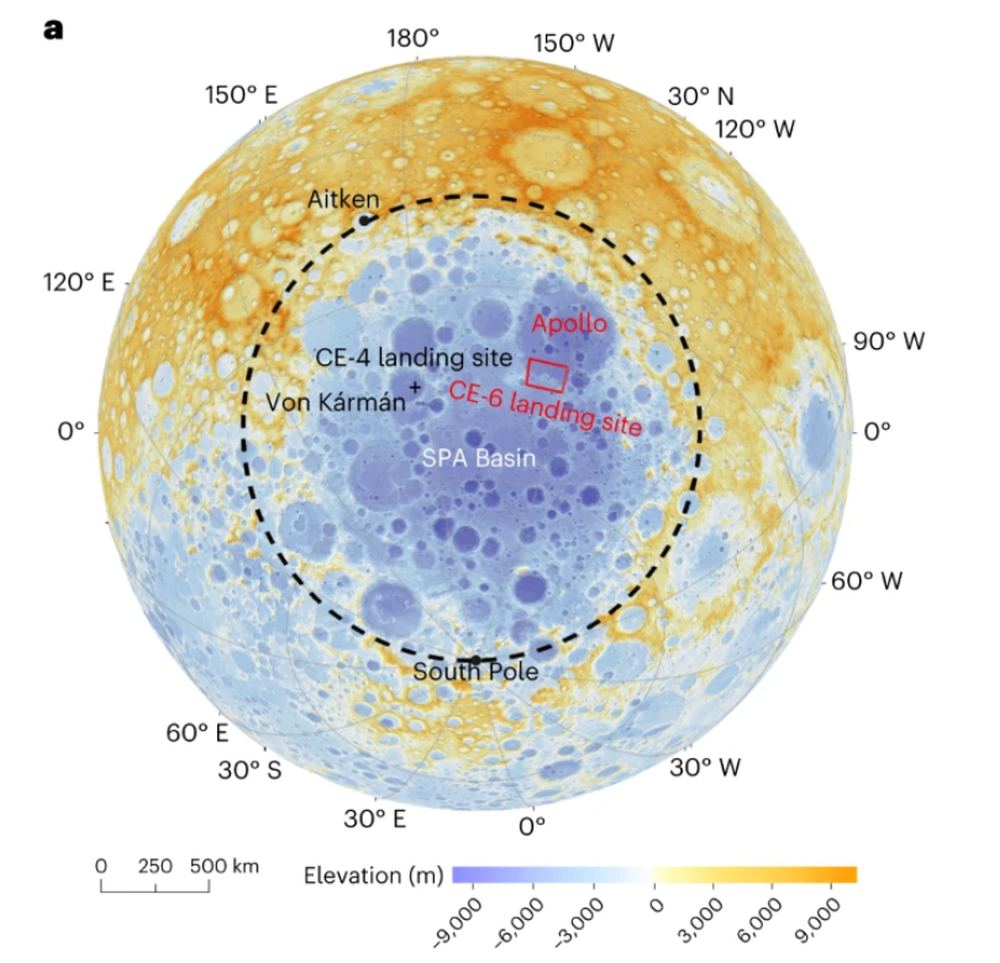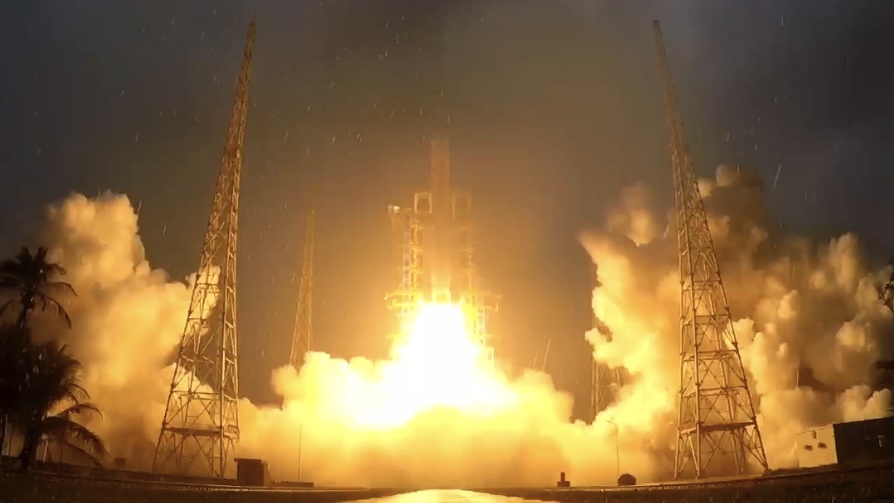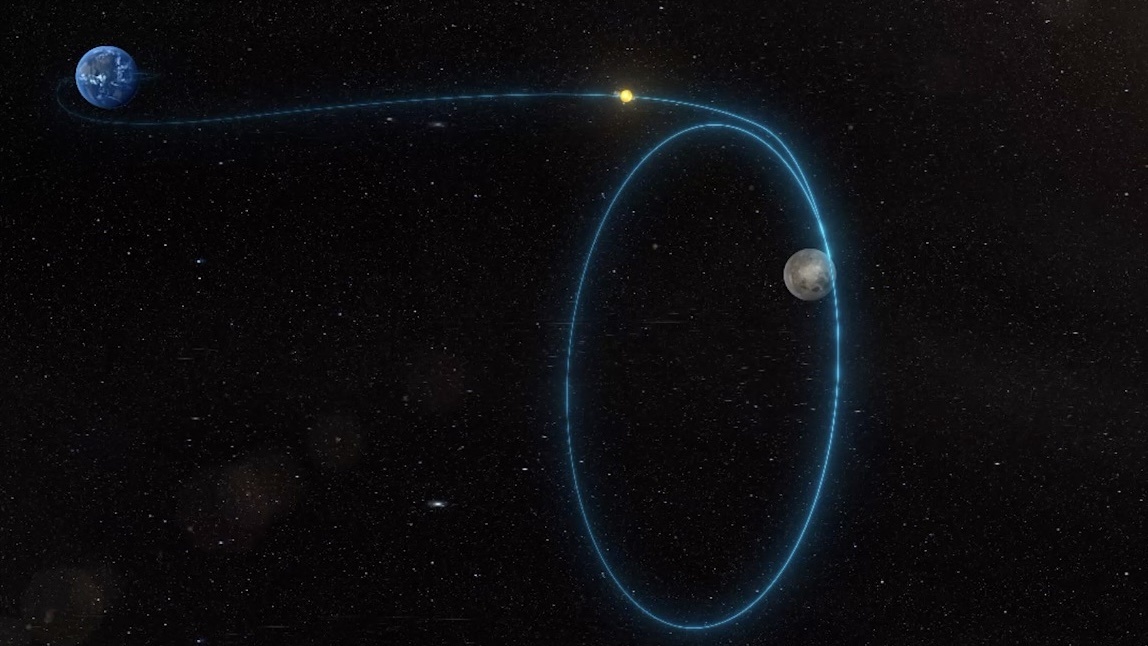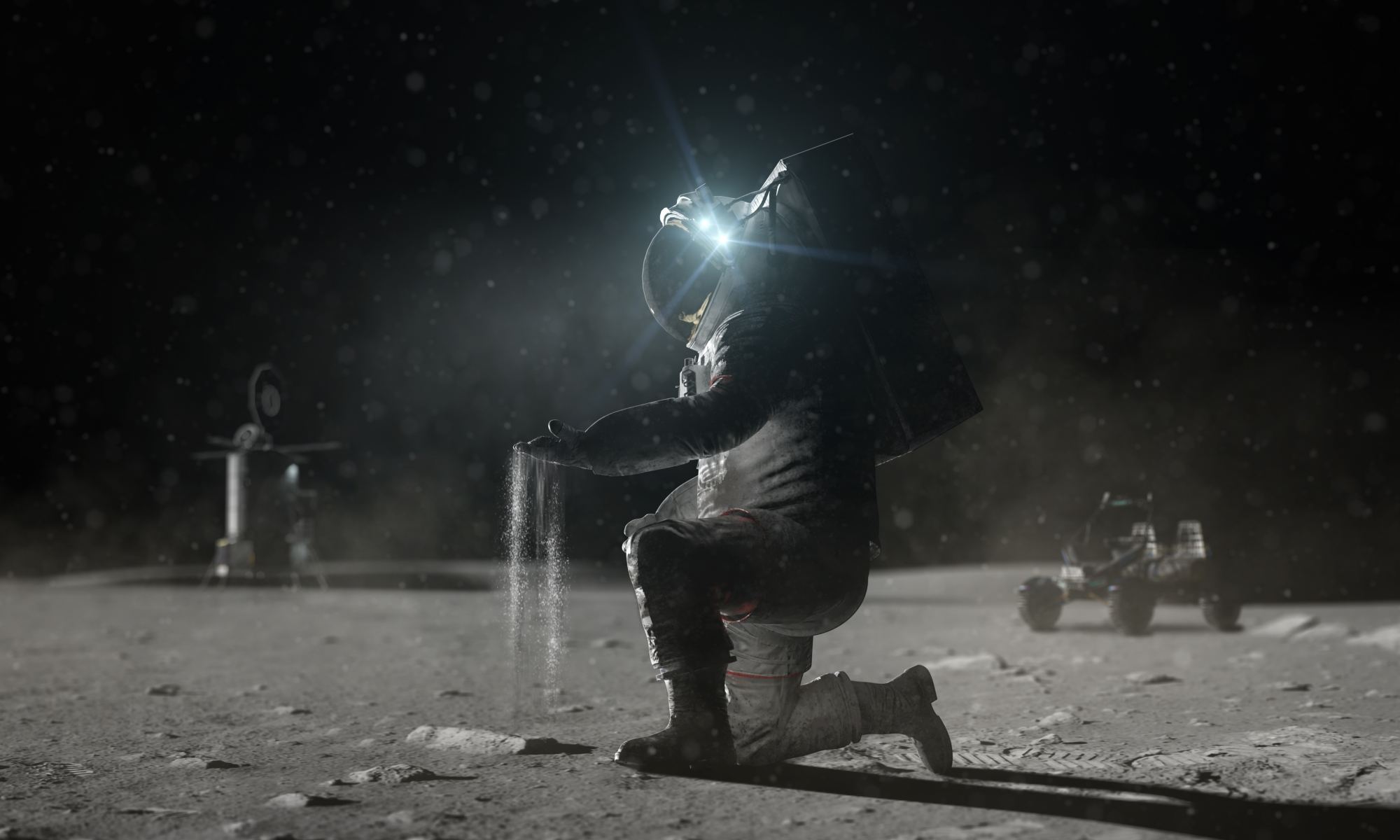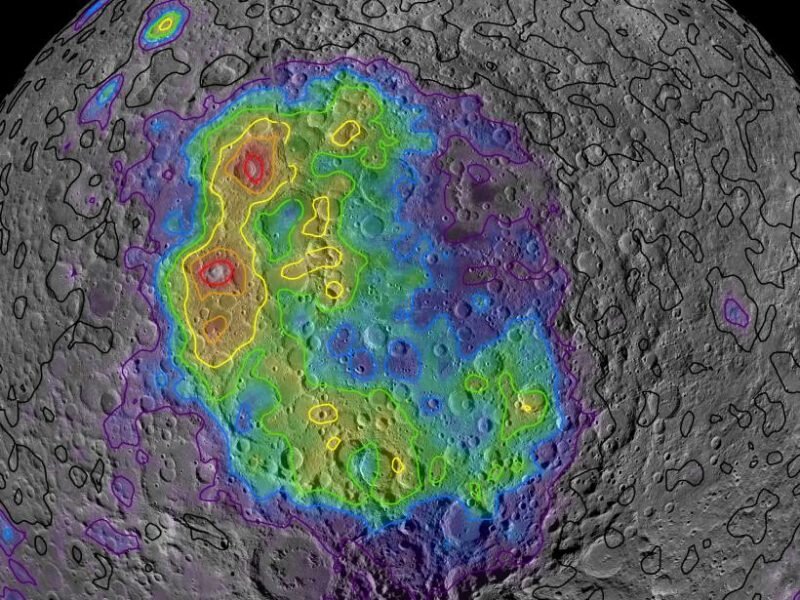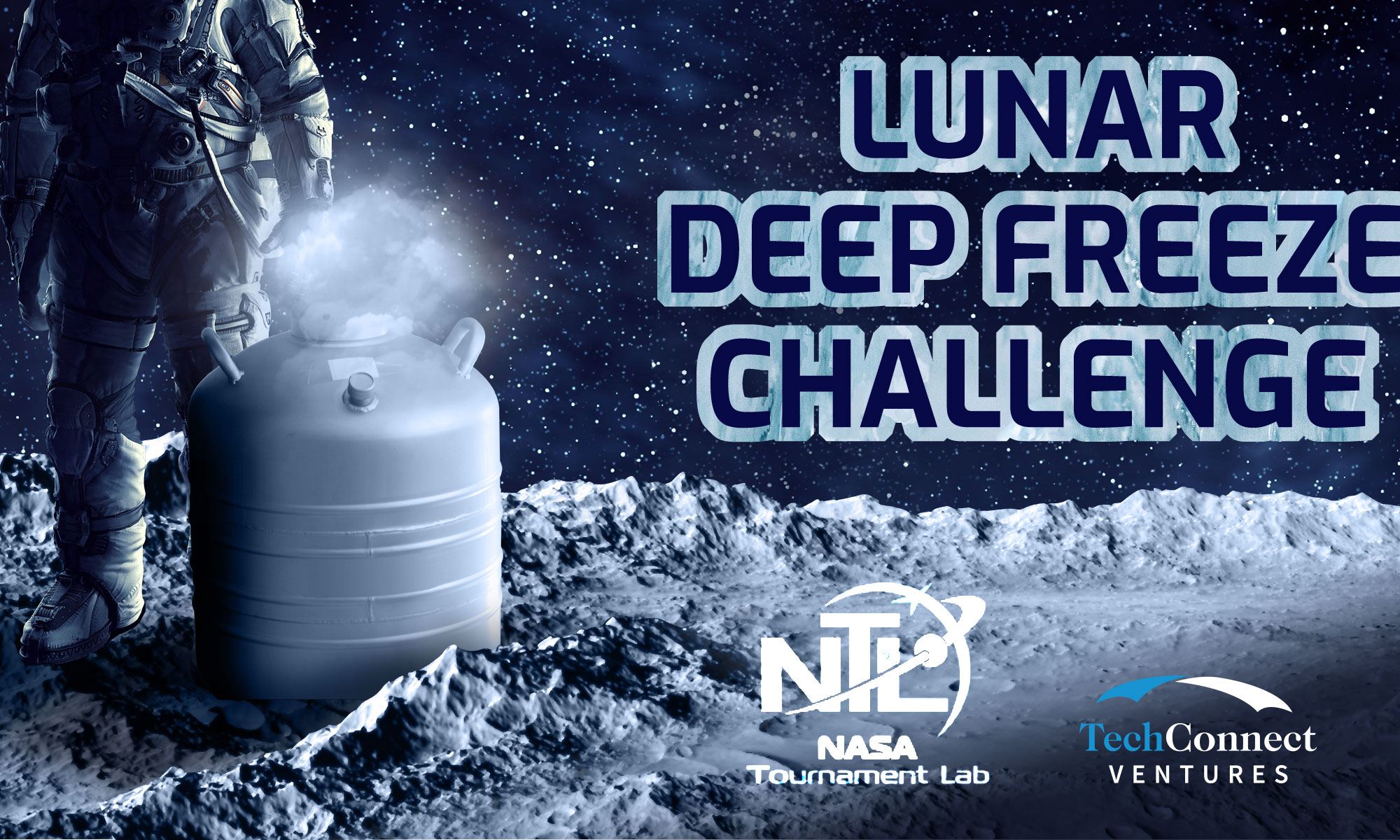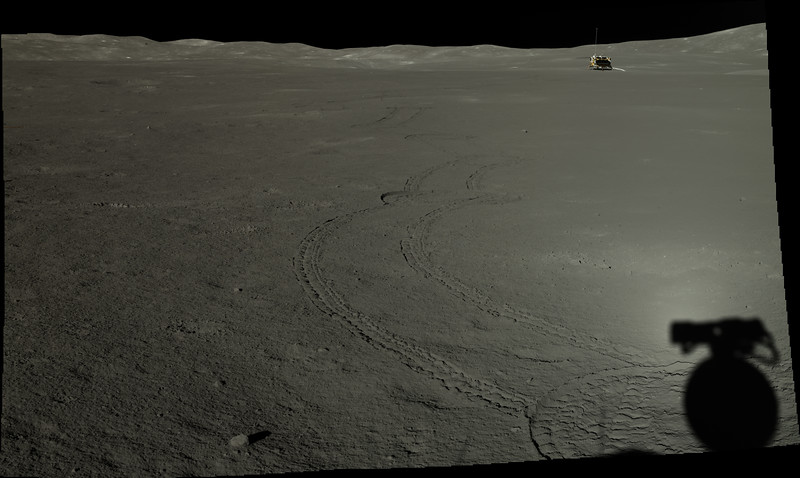On March 20th, China’s Queqiao-2 (“Magpie Bridge-2”) satellite launched from the Wenchang Space Launch Site LC-2 on the island of Hainan (in southern China) atop a Long March-8 Y3 carrier rocket. This mission is the second in a series of communications relay and radio astronomy satellites designed to support the fourth phase of the Chinese Lunar Exploration Program (Chang’e). On March 24th, after 119 hours in transit, the satellite reached the Moon and began a perilune braking maneuver at a distance of 440 km (~270 mi) from the lunar surface.
The maneuver lasted 19 minutes, after which the satellite entered lunar orbit, where it will soon relay communications from missions on the far side of the Moon around the South Pole region. This includes the Chang’e-4 lander and rover and will extend to the Chang’e-6 sample-return mission, which is scheduled to launch in May. It will also assist Chang’e-7 and -8 (scheduled for 2026 and 2028, respectively), consisting of an orbiter, rover, and lander mission, and a platform that will test technologies necessary for the construction of the International Lunar Research Station (ILRS).
Continue reading “China's Relay Satellite is in Lunar Orbit”

